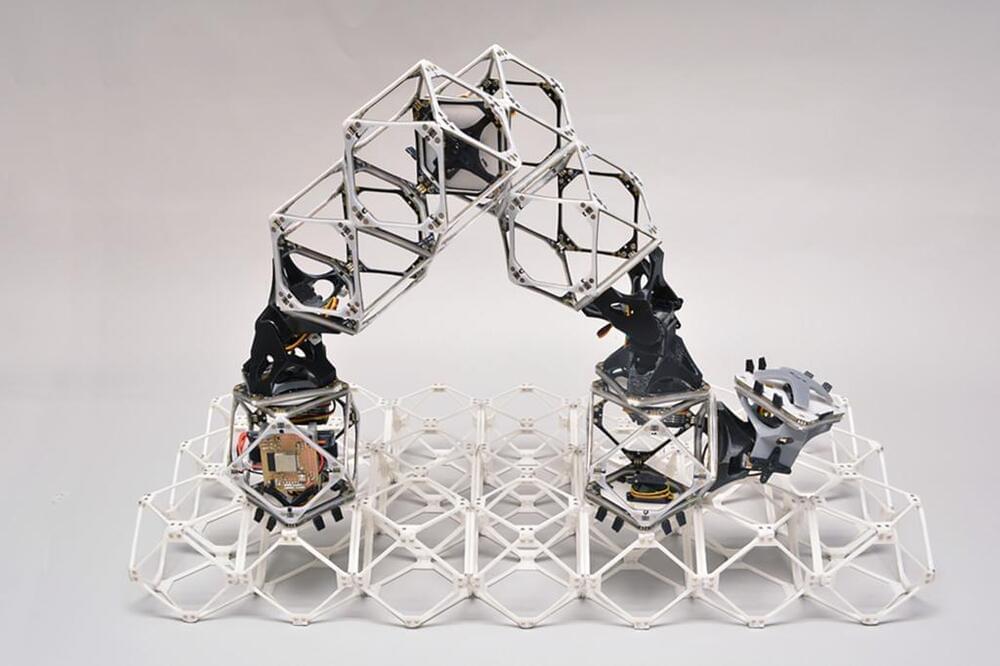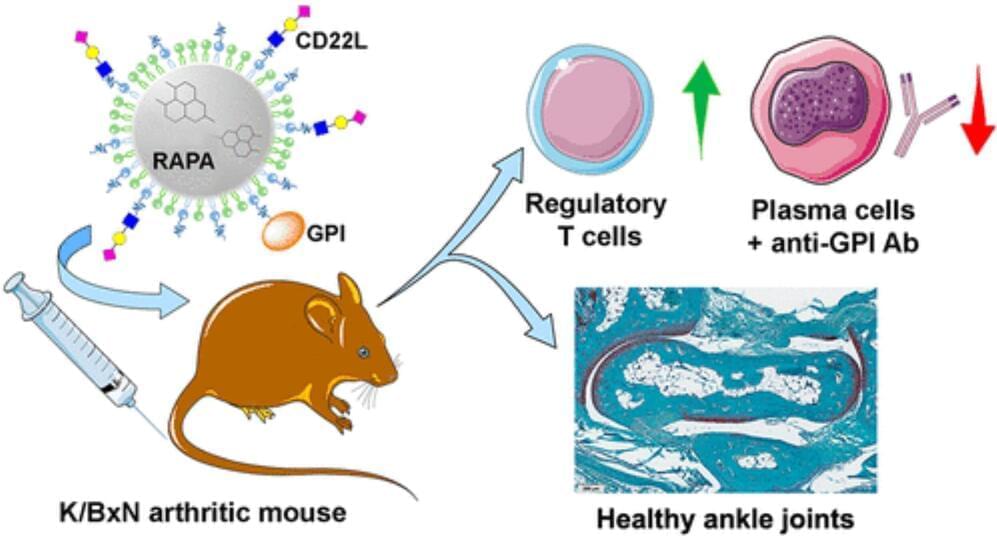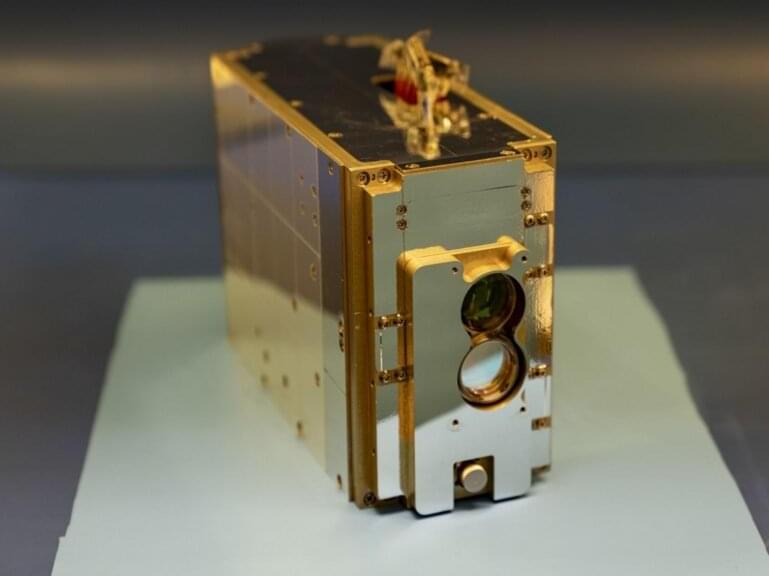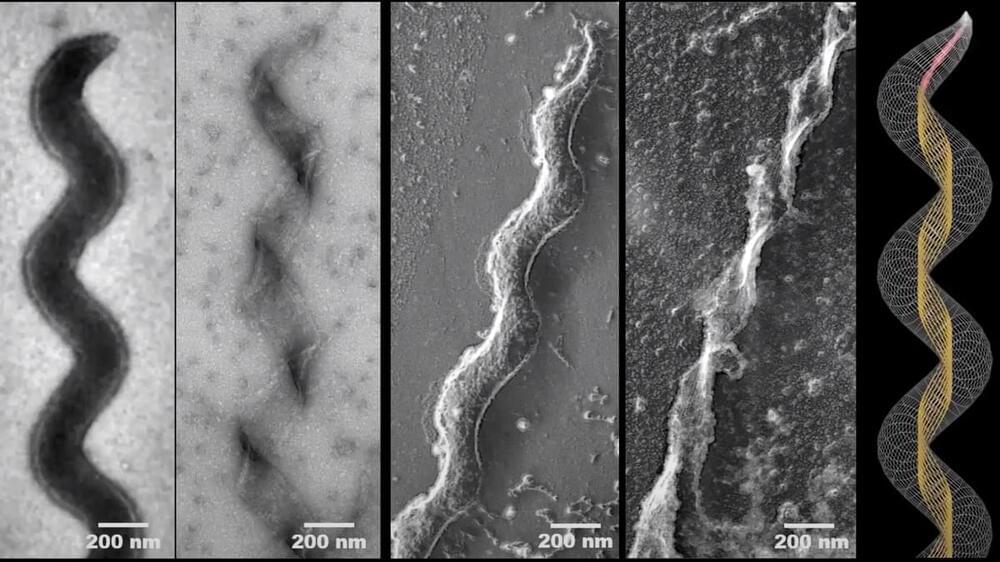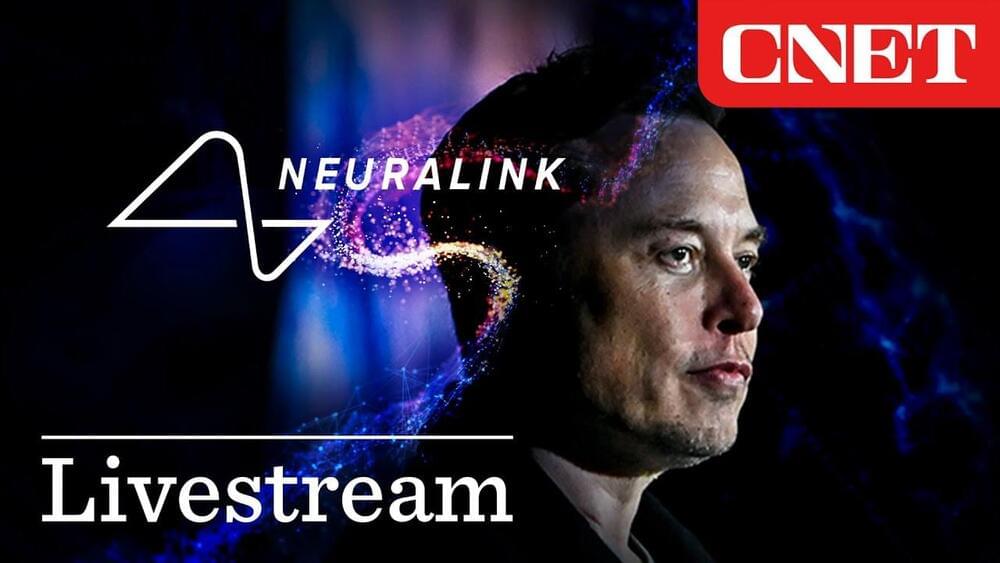Hive Social, a social media platform that has seen meteoric growth since Elon Musk took over Twitter, abruptly shut down its service on Wednesday after a security advisory warned the site was riddled with vulnerabilities that exposed all data stored in user accounts.
“The issues we reported allow any attacker to access all data, including private posts, private messages, shared media and even deleted direct messages,” the advisory, published on Wednesday by Berlin-based security collective Zerforschung, claimed. “This also includes private email addresses and phone numbers entered during login.”
The post went on to say that after the researchers privately reported the vulnerabilities last Saturday, many of the flaws they reported remained unpatched. They headlined their post “Warning: do not use Hive Social.”

